The Reconditioned IBC Market is currently characterized by a dynamic competitive landscape, driven by increasing demand for sustainable packaging solutions and stringent environmental regulations. Key players such as Schutz Container Systems (DE), Mauser Packaging Solutions (DE), and Greif, Inc. (US) are strategically positioning themselves through innovation and regional expansion. Schutz Container Systems (DE) focuses on enhancing its product offerings by integrating advanced recycling technologies, while Mauser Packaging Solutions (DE) emphasizes its commitment to sustainability through the development of eco-friendly reconditioning processes. Greif, Inc. (US) is actively pursuing partnerships to bolster its market presence, indicating a collective shift towards sustainable practices that shape the competitive environment.
In terms of business tactics, companies are increasingly localizing manufacturing to reduce lead times and optimize supply chains. The Reconditioned IBC Market appears moderately fragmented, with several key players exerting influence over regional markets. This fragmentation allows for niche players to thrive, while larger companies leverage their scale to implement cost-effective solutions. The collective influence of these key players fosters a competitive structure that encourages innovation and responsiveness to market demands.
In August 2025, Greif, Inc. (US) announced a strategic partnership with a leading recycling technology firm to enhance its reconditioning capabilities. This collaboration is expected to streamline operations and improve the sustainability of its IBC offerings, aligning with the growing consumer preference for environmentally responsible products. The strategic importance of this partnership lies in its potential to position Greif as a leader in sustainable packaging solutions, thereby enhancing its competitive edge in the market.
In September 2025, Mauser Packaging Solutions (DE) launched a new line of reconditioned IBCs designed specifically for the food and beverage industry. This initiative not only caters to a growing market segment but also underscores the company's commitment to quality and safety standards. By targeting this niche, Mauser aims to differentiate itself from competitors and capture a larger share of the market, reflecting a strategic focus on sector-specific solutions.
In October 2025, Schutz Container Systems (DE) unveiled a digital platform aimed at optimizing the supply chain for its reconditioned IBCs. This platform is designed to enhance transparency and efficiency, allowing customers to track their orders in real-time. The introduction of this technology indicates a broader trend towards digitalization within the industry, as companies seek to leverage technology to improve customer experience and operational efficiency.
As of October 2025, the Reconditioned IBC Market is witnessing significant trends such as digitalization, sustainability, and the integration of artificial intelligence. Strategic alliances are increasingly shaping the competitive landscape, enabling companies to pool resources and expertise. Looking ahead, competitive differentiation is likely to evolve from traditional price-based competition to a focus on innovation, technological advancements, and supply chain reliability. This shift suggests that companies that prioritize these elements will be better positioned to thrive in an increasingly competitive market.


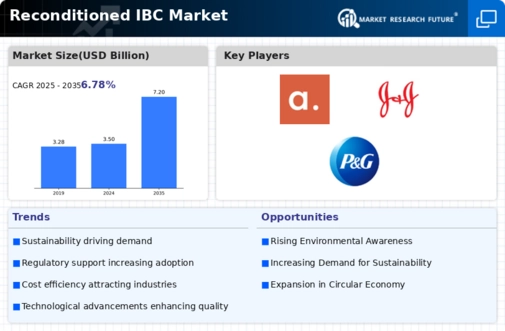
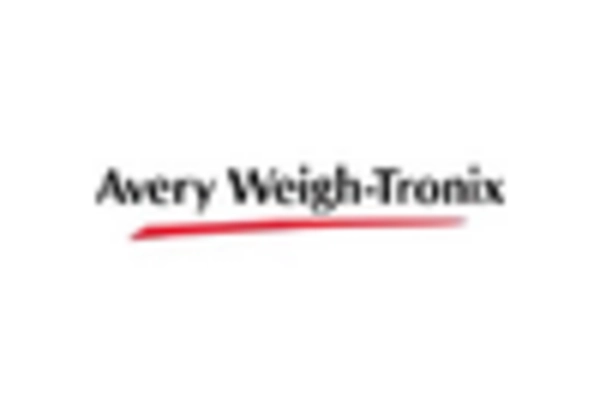
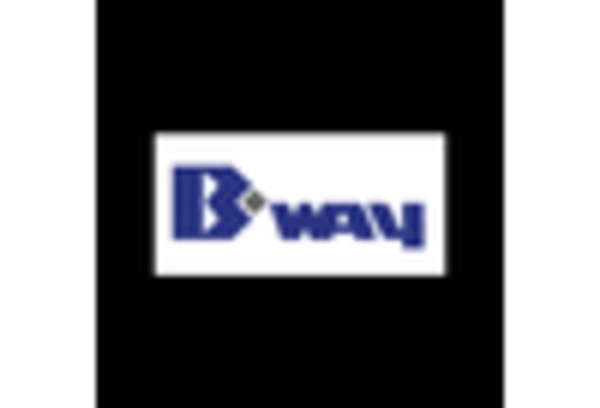
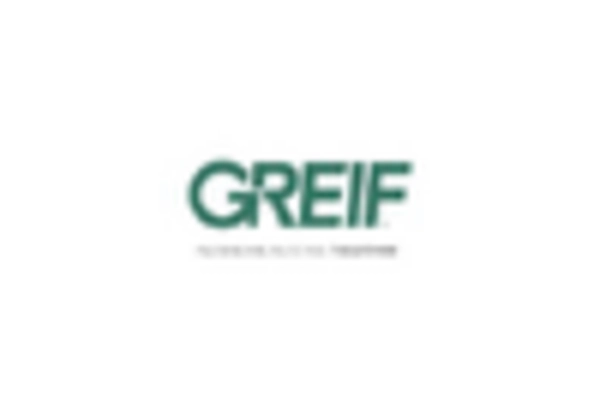
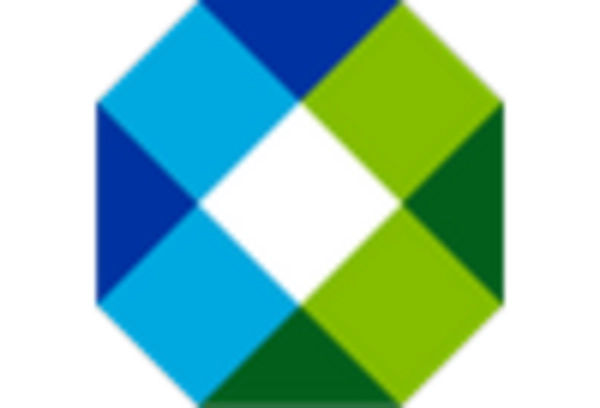
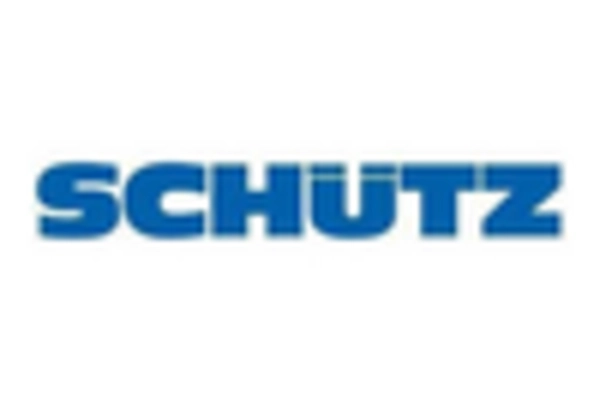
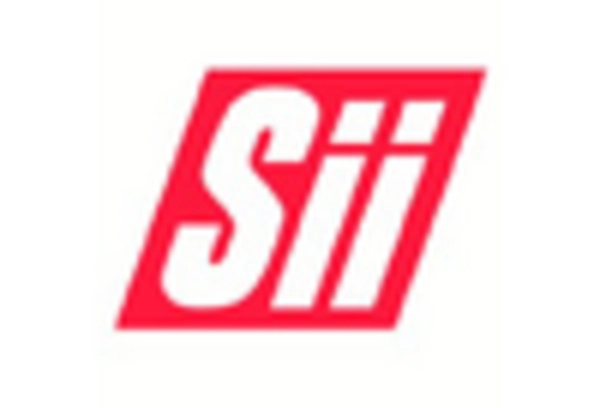








Leave a Comment